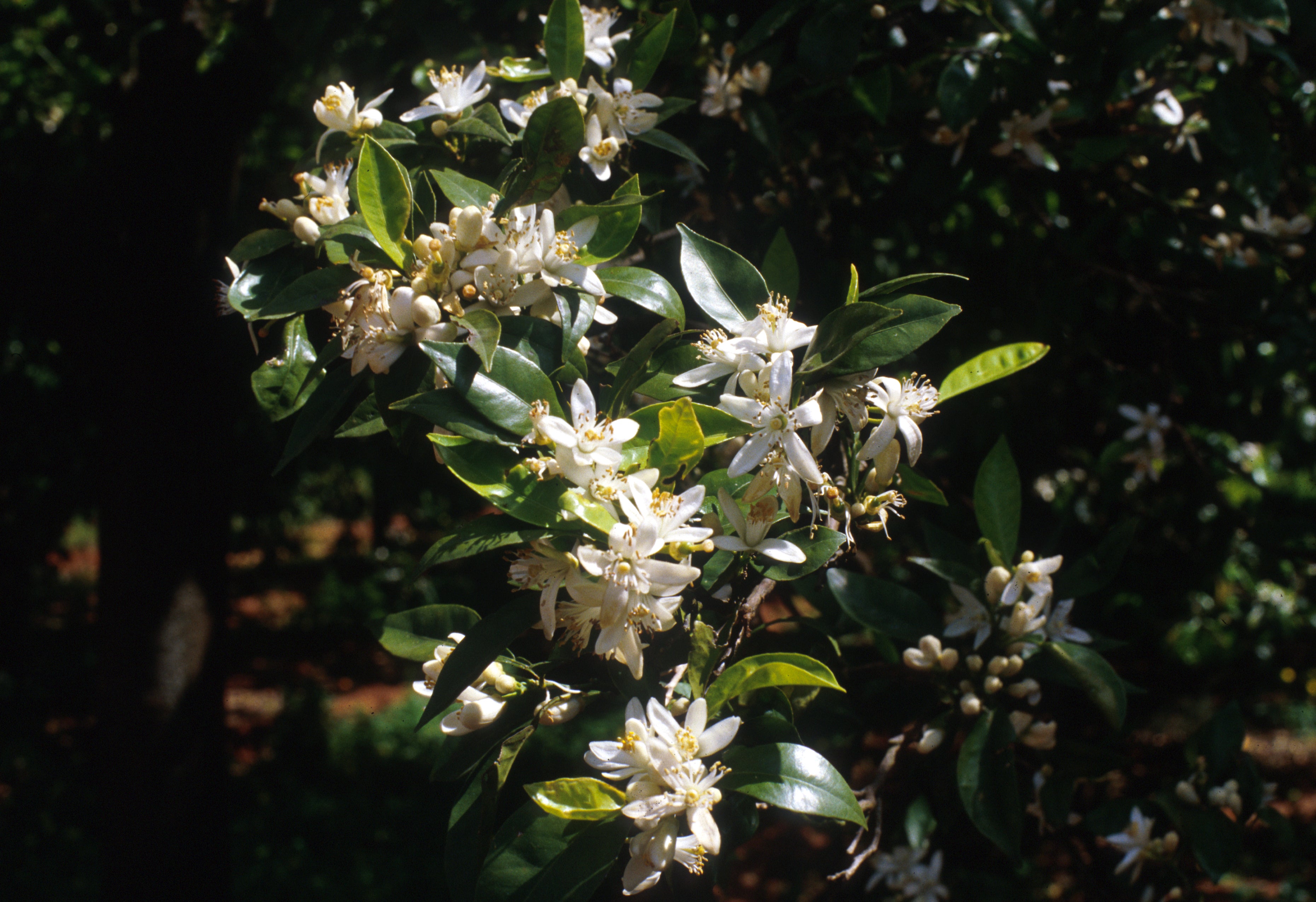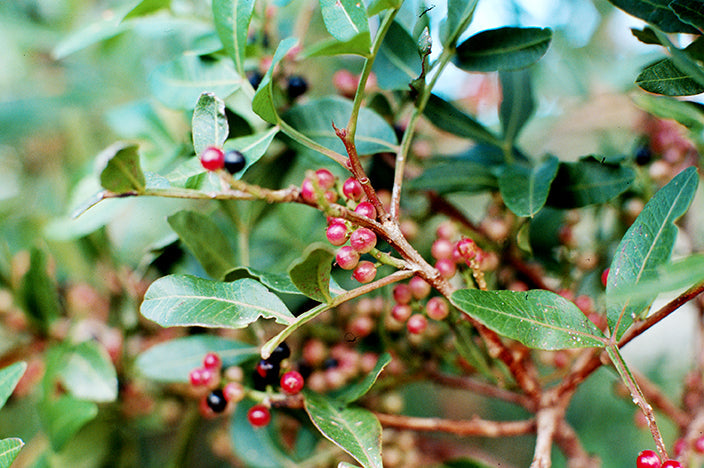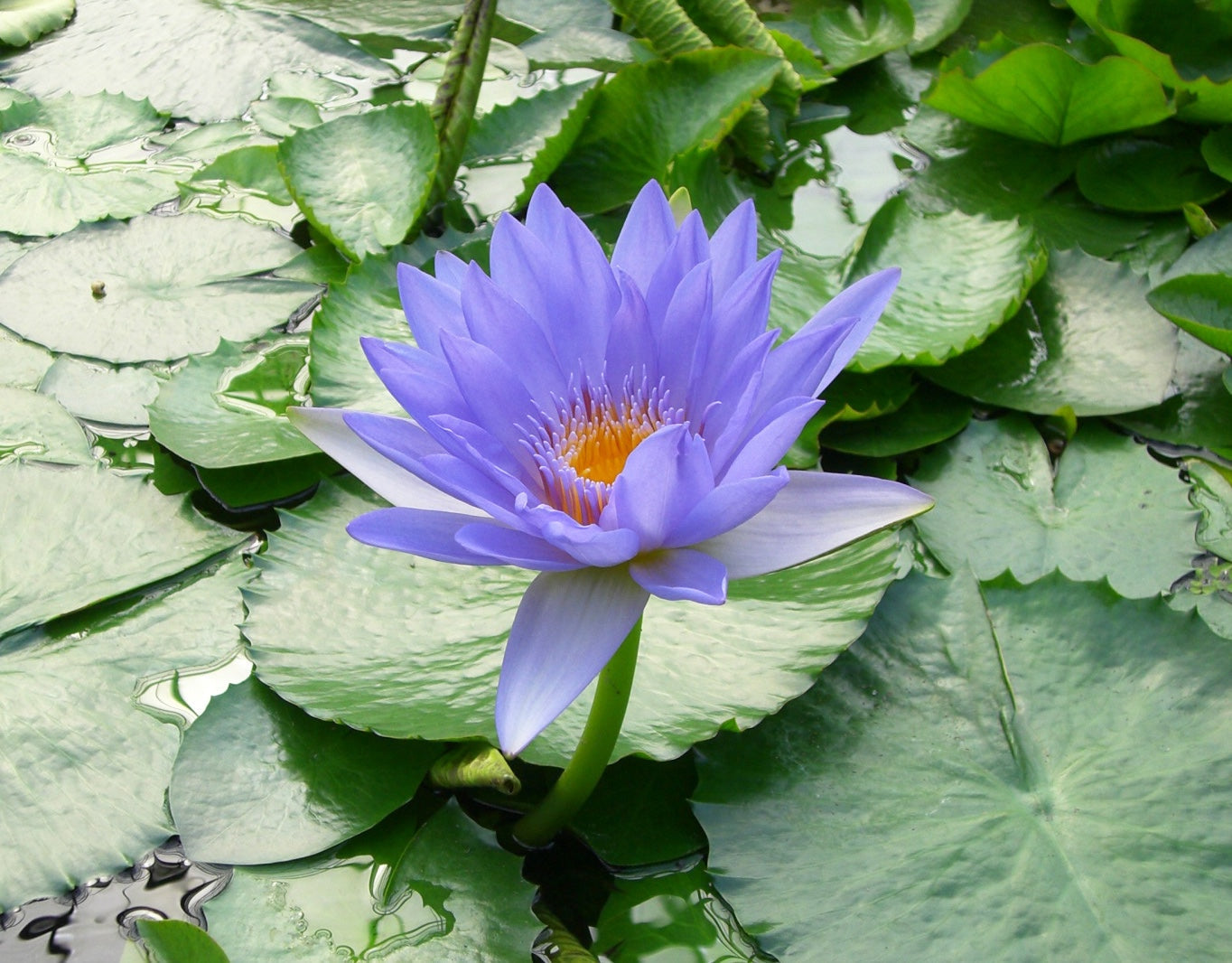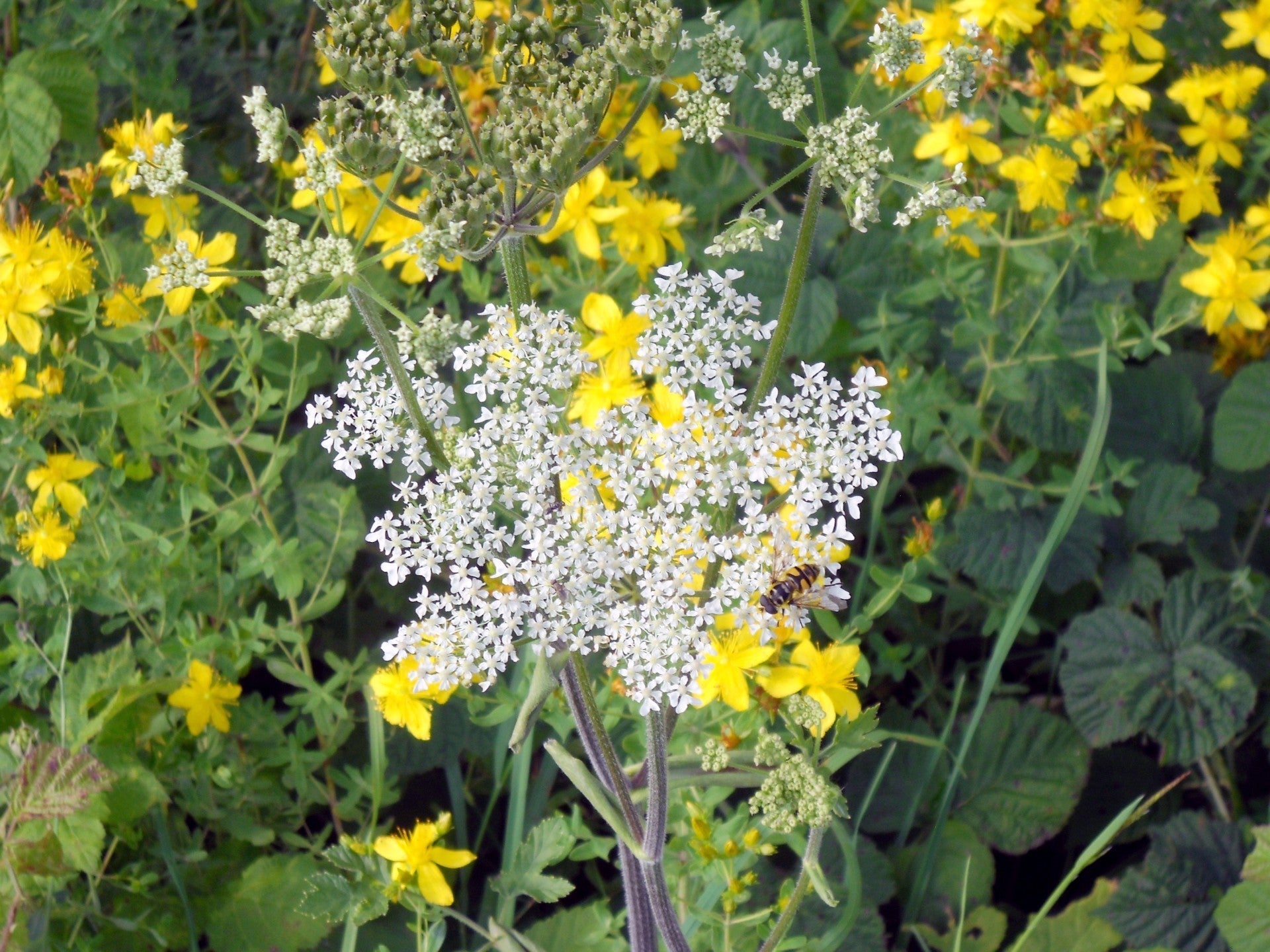There is a tree with flowers of irresistible allure. Their fragrance is unique and soothes today's worries and anxieties. The Bitter Orange tree also has a most storied history in the cultures surrounding the Mediterranean. It has for centuries been considered a symbol of joy, happiness, positivity and optimism. Neroli stands for a positive attitude towards life and for opening the path to happiness.
A very similar oil from the same tree without the refinement of the Neroli is Petitgrain which is also a powerful relaxant, rebalancing nervous system and emotions. It is telling the nervous system to release and let go of tensions and spasms.
The Site
The discovery of distillation is generally attributed to Arab alchemists in VIII century Spain and it is widely presumed that the first distillates were actually those of Bitter Orange leaves yielding what later became Eau de Seville.
Seville Orange trees are one of this incredible city's most amazing attractions. They decorate the streets and infuse them with the smell of azahar (orange blossoms) giving visual and olfactory identity to the city. These ornamental, Bitter Orange trees outnumber every other species of tree in Seville. They have become emblematic of this southern capital city and their fruits have even become known throughout the world as “Seville Oranges”.
Moorish poets praised the tree during Spain’s Islamic history and its bitter variety has graced the streets of Seville (and many other Andalusian towns) since time out of mind.
Bitter Oranges are are used on a large scale to make British Style bitter marmalade. In Chinese medicine, herbal preparations made from Bitter Orange leaves and fruit rinds are used to treat intestinal problems, including constipation.
Outside Seville, Neroli oil is grown in many places. Other sites considered to produce the finest Neroli oils are the Cote d’ Azur and Tunisia. However, oils from other origins such as Morocco and Egypt can be quite refined as well.
Therapeutic Properties
Neroli oil is one of the classic materials in Eaux de Cologne of the Maria Farina or 4711 type, and is generally most important in perfumery, also because of its content of nitrogen components such as different N methyl anthranilate compounds, as well as indole. Its use as a soothing perfume overshadows its bare therapeutic aromatherapy applications, some of which are listed right below.
Neroli: Nervous Asthenia, nervous breakdown, insomnia
Petitgrain: ANS dystonia, skin infections and inflammations, acne, eczema. It is suited for individuals whose arthritic complaints arise from the autonomic nervous system





Share:
The Beauty of Sri Lanka
Peppermint: Underestimated Healing